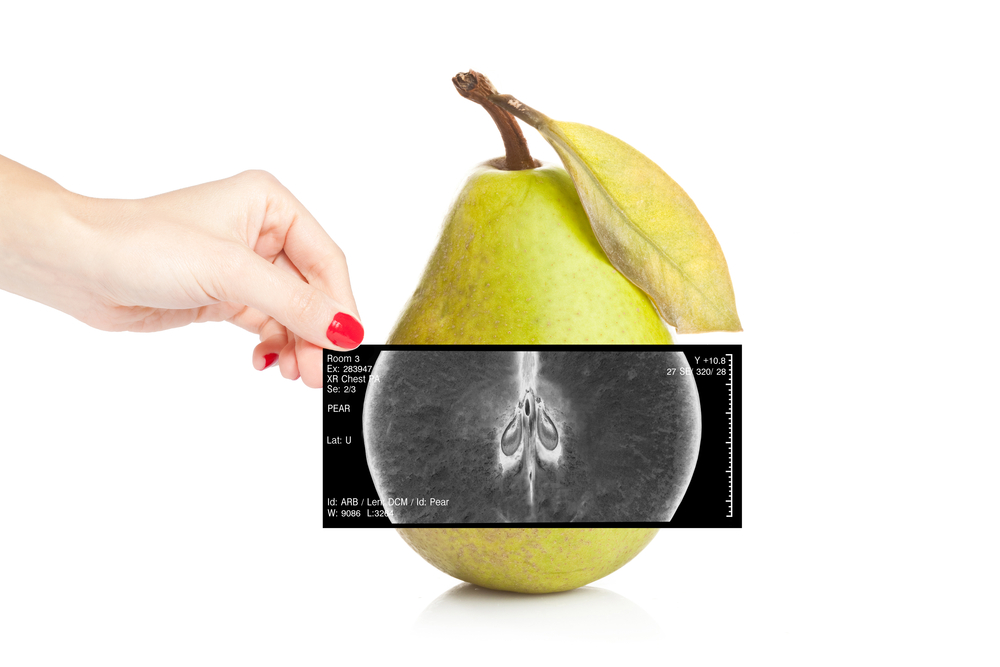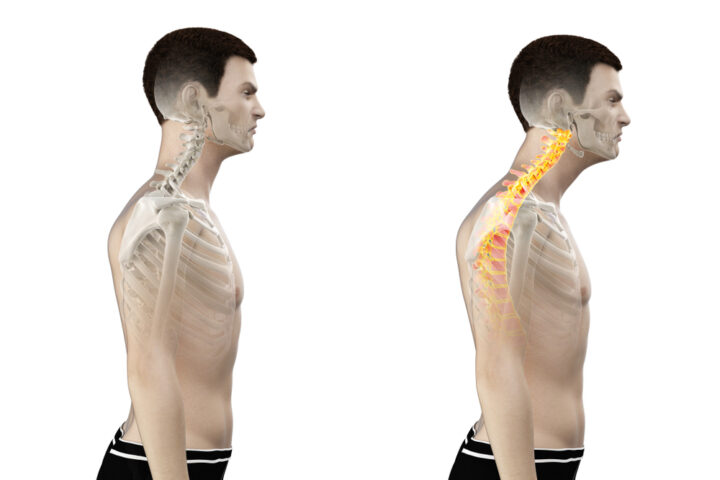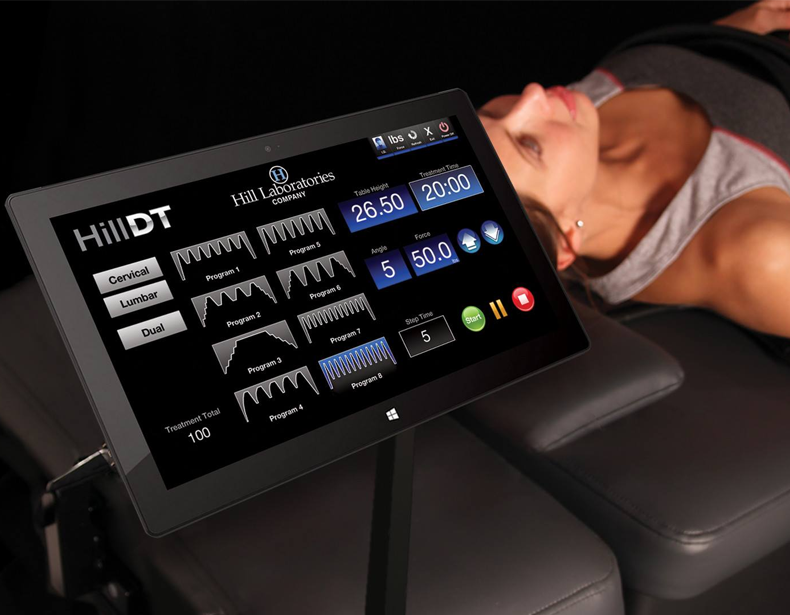It seems that the MRI is preferred over the X-ray these days but are either really necessary for Lower Back Pain? And what is the difference?
The most common reason for visits to a GP or Allied Health Care professional is for relief from Lower Back Pain (LBP). Most conditions are not serious and will right themselves within a few days or weeks. Most temporary conditions, although very painful, are caused by postural issues, repetitive strain or from lifting/moving in a way that causes muscles or ligaments to be damaged. With minimally invasive manual treatments and over the counter pain medications, these conditions will usually heal themselves over a short period of time.
Do I Need an X-ray or MRI
If your LBP is the result of traumatic injury or accident, then yes, you will need some imaging for a diagnosis, but if it isn’t, then probably not in the short term.
Your doctor will evaluation your LBP symptoms with a physical and neurological examination, taking into account your medical history and other health issues, to determine any need for spinal imaging. It is only if the doctor feels the need to confirm their diagnosis that they will order imaging. In most cases it is not necessary.
If your doctor considers imaging is necessary to assist in the diagnosis of your condition they will decide whether an X-ray or an MRI are most appropriate.
Soft tissue and ligament injuries can take up to 12 weeks to heal themselves so during this time manual therapies combined with some forms of rest and targeted exercise will best give your body a chance to heal itself.
If your pain has persisted for longer than a few months, and you have tried the manual therapies, exercises and rest, without benefit, your doctor may order some imaging to confirm a diagnosis.
The Difference Between X-ray and MRI
The simple difference between X-ray (radiograph) and MRI (magnetic resonance imaging) is that one uses radiation whilst the other uses magnetic forces.
The X-ray is best when looking at bony structures rather than soft tissue injuries.
The MRI, on the other hand, provides a 2 dimensional views of both the bones and the soft tissues. Dye can sometimes be injected to improve the quality of the image.
X-rays do deliver a dose of radiation and although this is not high, it should be considered – especially when directed to the lower back where certain organs may be more sensitive to radiation exposure.
MRIs used to be price prohibitive however these days, although they are significantly more expensive than X-rays, they are more affordable.
What Symptoms and Conditions Would Most Likely Require Imaging
Neurological symptoms
LBP with referred pain down into the buttocks and legs (sciatica)
Reflex issues in the lower body
Tingling, pins and needles or numbness
The inability to lift a foot (Foot Drop)
Loss or difficulties with bowel and/or bladder control
Existing Medical Conditions
Cancer
Diabetes
Osteoporosis
Previous spinal issues
Previous spinal surgery
Use of some prescribed drugs
In Summary
Not all LBP will require an X-ray or MRI. Most will respond to manual therapies, exercises, over the counter pain medications and some rest.
Pain as a result of a traumatic injury or accident will most likely require some imagery to confirm the damage.
Conditions which do not respond to manual therapies and rest for longer than 3 months will probably require imagery to confirm diagnosis.
Different practitioners will require different imaging however MRIs, although more expensive, do not deliver harmful radiation and can give insight into soft tissue issues.
Issues which have not responded for over 3 months, especially those with referred pain into the arms or legs, may also benefit from Non Surgical Spinal Decompression. This is especially the case where imaging indicates a bulging or herniated disc with impingement to the nerves. This treatment can be a real alternative to invasive surgery.









You can get away with simply 30mg of Winny
right here and see exceptional outcomes, with Anavar used at something from
30mg day by day as much as 100mg – depending on how excessive you need
your results to be. Be positive to incorporate testosterone, such
as enanthate, at 200mg weekly. Count On very fast outcomes with this
stack because of Anadrol, the fast-acting oral steroid. If you’re like me, you
would possibly feel horrible on high-dose
Testosterone (1000mg weekly, for example).
It’s not simply the post-session restoration that may improve massive time, though.
Restoration between units will be far more environment friendly,
permitting you to work out longer since you’re staving
off fatigue. This then brings on quicker outcomes as you match
more and more into every workout28. Clomid and Arimidex are your friends, so ensure you have enough before beginning this
cycle. This is a simple cycle to implement and could be done in a number of ways.
Hey, I’m Joe, and I contemplate myself just
a regular mid-40s man who happens to have a fantastic curiosity in steroids and what they
can (and can’t) do for us. I’ve been involved in learning every little thing there is to learn about steroids for most of my
adult life, and my goal is to help others like you learn about
your first steroid cycle. Drug interactions with Noticed
palmetto, Serenoa repens haven’t been specifically studied or reported.
Androgen remedy, such as testosterone, may end up in loss of diabetic management and must be used with caution in patients with diabetes
mellitus. With our assist, you’ll find a way to order the best steroids on-line at aggressive prices and we will deliver
them straight to you, anywhere all over the world.
Athletes might utilize injections of artificial testosterone, however
using this hormone in large amounts, particularly for long intervals of time,
can have dangerous unwanted side effects. It has also been shown to
have harmful side effects, including decreased cholesterol, gynecomastia, accelerated hair loss, masculinization in women, high blood pressure, and pimples.
Regardless Of this, Anavar does NOT include the potent androgenic side effects
of most different DHT-derived steroids. Ideally, you’d mix
it with IGF-1, which does better on this 2–3-week
period. You can have a look at T3 and insulin for the extra hardcore,
however only if you realize what you’re doing with these
compounds. You won’t be as involved about using ancillary compounds during
these short cycles, however if you need to
go ahead with some, you will look at the same compounds talked about for the opposite longer cycles.
At doses anyplace above the feminine really helpful vary of 5-10mg/day, virilization is undoubtedly a possibility.
Some ladies may be delicate enough at these low doses to
expertise negative effects, however as long as you reduce the dose or
stop using Anavar, they should go away alone. Depending on how the
steroids are used, this can range from relatively small changes to the event of utmost masculine traits.
So, although it’s not frequent, some feminine athletes and bodybuilders do select to make use of steroids
for performance-enhancing advantages. When undertaken carefully, these girls can achieve vital advantages whereas fastidiously controlling the unwanted effects.
You can use the identical ancillary compounds
as the week cycle plans, though you won’t get some benefits that want an extended cycle.
Enanthate or Cypionate are the best testosterone
esters in this cycle, so you’ll want two 10ml bottles of either.
These are nice esters as a result of you can get away with a once-a-week injection. You can go through a stasis interval after the
cycle, which is like a ready interval and lasts about four to six weeks.
Longer esters like Decanoate require a most 6-week ready interval.
Tapering down permits your body enough time to get levels again to
regular naturally, with steadily lowering help throughout
PCT.
It’s essential to get their suppressed testosterone again in normal working order.
As a feminine, you aren’t involved about testosterone suppression. This is probably considered one of the significant benefits women have
over males when using these substances. The Feminine Bulking Stack is designed to mimic the results of three
steroids that females would suffer important unwanted facet effects taking collectively – Dianabol,
Deca-Durabolin, and Trenbolone. The Crazy Bulk options provide comparable positive results but get rid
of all the cruel sides (no virilization, no liver toxicity or cholesterol improve,
and no acne).
If you’re going to do recurring cycles, your
off-cycle time ought to be at least equal to the size of the
cycle itself. This permits a full HPTA restoration (aided by PCT) and a sufficient break from all steroids
before getting again to another cycle. If the choice is between Masteron and Primobolan,
most of us will go along with Masteron, which can (and should) be
run at a lower dose. Larger doses of Masteron can result in extreme muscle tightening;
300mg per week of Masteron will present the best outcomes for many users.
It’s one of many costlier steroids, so if money is tight, this could
be one you’ll need to skip in a protracted cycle.
Their lab-tested merchandise are designed to meet the needs of great health enthusiasts.
Pharmaceutical Grade provides a wide range of
high-quality performance merchandise, all made to the strictest requirements.
Their dedication to high quality control ensures consistent, efficient results
with every use. But it’s often found in smaller amounts, where it’s used to keep bones robust and sexual operate wholesome.
BCAAs combine leucine, isoleucine, and valine and are very important for muscle protein synthesis.
They help cut back muscle soreness and fatigue,
help muscle restore, and forestall muscle breakdown throughout
intense exercises.
Masteron can be usable by ladies when careful attention is paid to dosage to keep away from virilization. If you’re going to run a Masteron cycle, try my full Masteron (Drostanolone) cycle guide.
As I stated, Dianabol is ideally used alongside other compounds, so your dosage can vary tremendously relying on your targets and what different steroids are within the cycle.
This exhibits us how careful we have to be when injecting, making certain no veins or arteries are impacted.
Another sort of syringe many steroid users also purchase is
the smaller 1ml insulin syringe. These syringes with needles connected are unsuitable for
muscle injection however are used as an alternative for subcutaneous injections.
Superior customers who use peptides, HCG, insulin, and other
non-steroid compounds generally use insulin syringes.
References:
jbh news